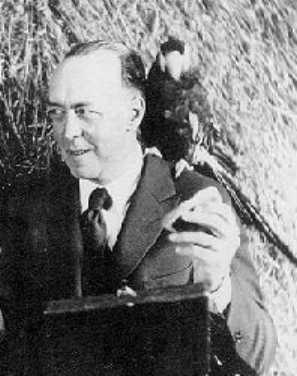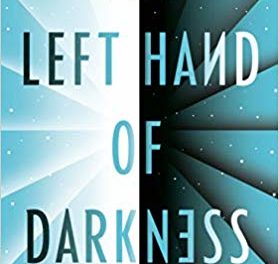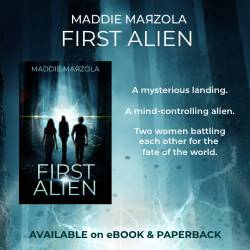By Elizabeth Davis
Welcome back everyone. For those who missed the first part, the link is here.
Now on to authors you didn’t study in your High School Lit Class, from a long almost forgotten age. And by that, I mean vaguely between the late 1800s and up until the 1940ish. I wasn’t too precise with the time period when working on this part of the list. So expect to be time-hopping a bit.
And time isn’t the only thing vague here. As discussed before, these authors are part of the early history of speculative fiction. Genre, let along genre conventions weren’t codified at this point. Which makes it impossible to place most of these authors in the squarely science fiction camp.
So there is a bit of pruning as I try to figure out which authors were sci-fi enough. Once again, leave suggestions in the comments.
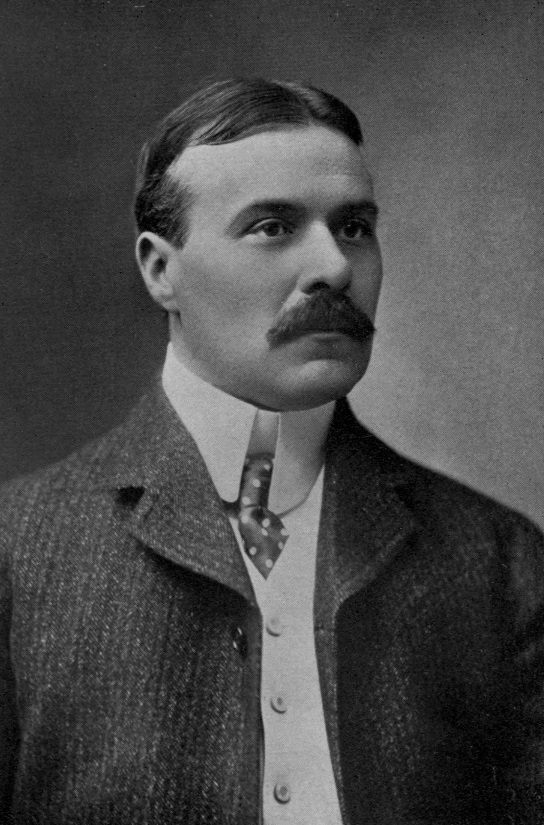
https://en.wikipedia.org/wiki/
Robert_W._Chambers
Robert W. Chambers
Robert W. Chambers is mostly known for his anthology “The King In Yellow,” and even more for four short stories in it: “The Repairer of Reputations”, “The Mask”, “In the Court of the Dragon”, and “The Yellow Sign.“ This whole anthology’s stories are in the weird pulp tradition, and was a major influence on Lovecraft. By the way, you can read it for free, right now on Project Gutenberg. Go ahead. I will still be here when you get back.
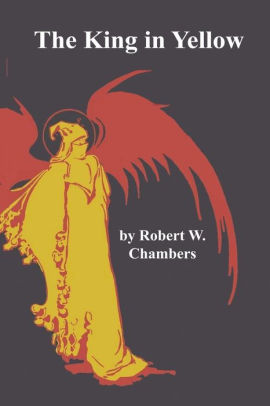
That was some pretty great stuff, right? You want some more like it. Well, it actually was an anomaly in Robert W. Chambers work, as varied as it was: romance, decadent fiction, historical fiction, and even children’s books made up his CV. He was known in his time for his romances, rather than his weird stories.
“In Search of the Unknown,” another anthology, with the stories all united by the hunting of strange creatures and unrequited romance. “The Messenger,” a novella about a haunted 39th skull that brings doom. “The Slayer of Souls,” which isn’t very good but is the most illustrative of the fantastical and action-packed romances that made him famous in his day. Once again, Project Gutenberg will be your friend here.
Edgar Rice Burroughs
So some of you will be shaking your head at this and wonder how anyone could forget him. Well, sad to say, but Barsoom isn’t well known to my generation or younger. Which mostly has to do with mismanagement of his trademark. But that topic is for another article.
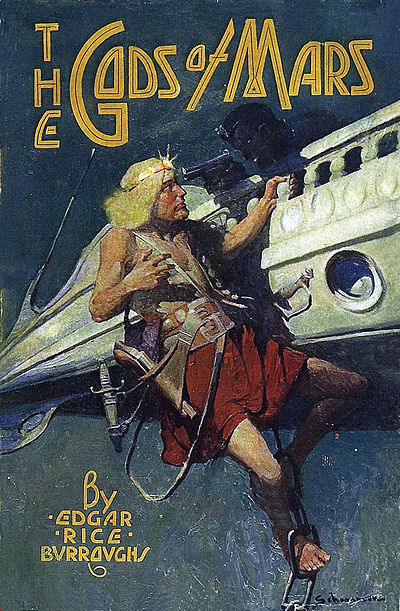
So for those who have no clue what Barsoom is: the series starts with an Earth man travelling to Mars, which is an inhabited planet filled with strange civilizations and alien races. It was written back when we thought that civilizations might be waiting for us on Mars and other planets in the solar system. This series would inspire other authors to follow in the same vein of strange adventures on other worlds and is one of the seeds of modern space opera.
But it wasn’t the only thing he wrote. Edger Rice Burroughs pretty much bleed ink, which was the standard during this era. Some of this other lesser known series focused on locations such as: Pellucidar, a world located in the hollow center of the Earth. Amtor or Venus Series, set on Venus after the main character made a navigational mistake while trying to get to Mars. Caprona (also known as Caspak) a lost island filled with dinosaurs and prehistoric human species. And of course the Moon. It is worth nothing that this series has a bit of a confusing publication history, with where and how the three parts were printed. However, all three parts are collected in the “Moon Maid,” so you should be safe looking for that title. Of course if you don’t want series, you could check out The Monster Men, The Lost Continent, The Resurrection of Jimber-Jaw and Beyond the Farthest Star, and so many more.

Jules Verne
Like Edger Rice Burroughs above, this name may be hit or miss. I’m not sure if it’s due to a dearth of recent adaptions or because Victorian era literature hasn’t aged as well in all of its aspects. Either way, Jules Verne was the master of the fantastic voyage narrative, with 54 novels using this concept. Not only that, but his work was also meant to be science education along with adventure, much like the Magic School Bus – a tradition continued in Science Fiction aimed at younger readers today.

His most famous and most relevant to science fiction novels are Journey to the Center of the Earth and Twenty Thousand Leagues under the Sea. Journey into Center of The Earth in which our exploiter’s journey into the Earth and encounter dinosaurs based on then-current science of the time. Twenty Thousand Leagues under the sea was meant to show the readers life under the waves, but really become known for Nemo.
Nemo, a man bent on revenge takes to the sea in his advanced submarine called the Nautilus and his own military force. Nemo has long outgrown his role in the original novel, becoming a popular public domain character much like Sherlock – there is a good chance you’ve met him in other media, far away from his original setting.
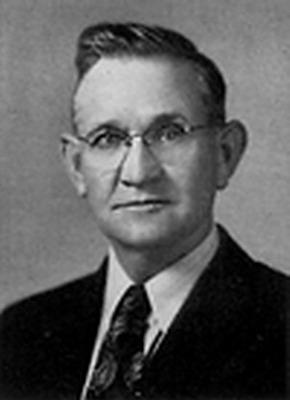
http://www.isfdb.org/cgi-bin/ea.cgi?67
E. E. Smith
The other father of Space Opera! His series helped build the concepts that would define the entire genre. The most famous one is Lensmen, which focus on the Lensmen, who are basically space police. It was so significant that it was enshrined by the Hugos in 1966. The Skylark series is the earliest novels of interstellar travel. However, the Gutenberg version is significantly different from the later versions which are not out of public domain yet. The Skylark is the not the only one, so you may have to check out other sources for his books as well.
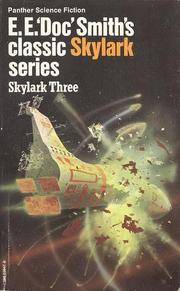
Finally, for something completely different, there is the Tedric series, which does not have space travel (at least in the books I know) but involves a time traveller teaching a metalsmith how to make stronger armour which he uses to win the day.
That’s all for today folks. Next time, we are going to getting into more Modern Forgotten Masters. Leave recommendations for authors for me to cover in future installments (and perhaps a review series) in the comments below.

